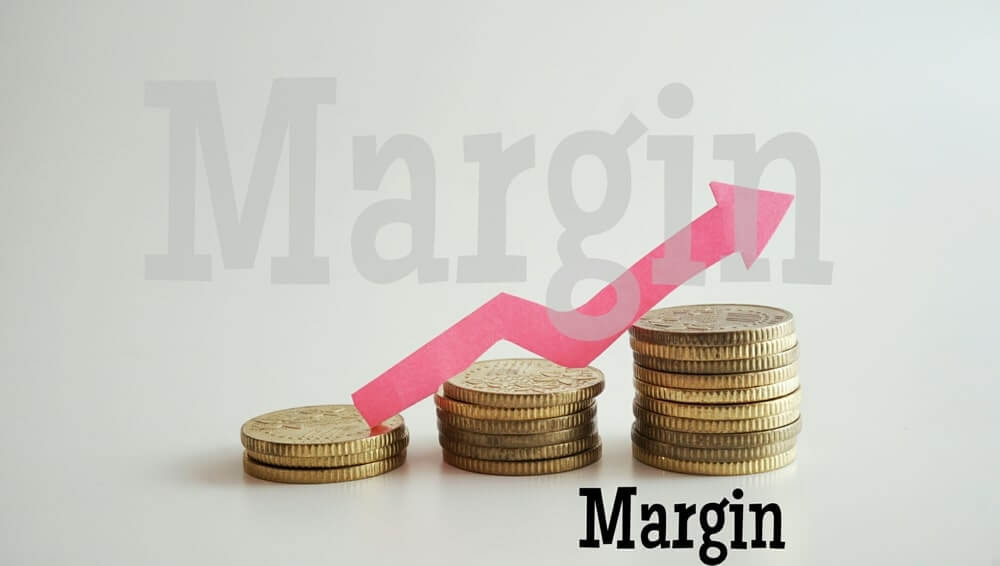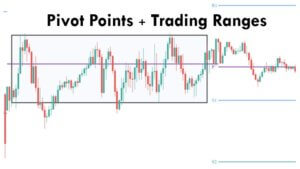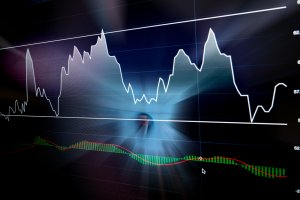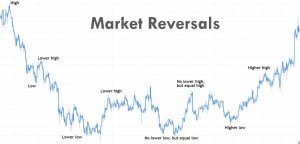Introduction
Margin, which allows for Leverage trading, is one of the crucial reasons why most of the traders prefer trading Forex. It is an aggressive form of trading where traders take more risk while expecting an additional reward. Here, traders increase their bet by borrowing funds usually from their brokers. Thereby leverage trading allows a trader to trade with more funds than they actually have in their account. Leverage trading exists in the stock market, as well. The internal working of margin in both the markets is not quite the same, but the overall concept is the same.
Leverages is typically represented in ratios or with an ”X” next to it. For instance, the notation of two times leverage would be 2:1 or 2x. There are several other terminologies such as balance, realized and unrealized P/L, used margin, equity, etc. which are involved in margin trading. And to trade in a margin account, having knowledge about these terms is vital. So, in this lesson, some basic concepts and working of the margin trading shall be discussed.
Margin Account
A margin account, also referred to as a leverage account, is a trading account offered by a forex broker, which lets their clients trade large quantities without investing the total required amount. In a margin account, the forex broker acts like a loan lender who lends cash to its customers for taking positions in the market.
How does margin trading work?
Let us assume that a trader has deposited some amount into his account. The broker sets a margin percentage for the client. This margin percentage typically is between 1-2%. In forex, it is not the case that this account balance is used for taking a position. But, it is used up by the brokers as security deposits. Here, if the broker sets a margin percentage to 1%, then 1% of the trade value is utilized by the broker as a security deposit. So, a trader takes a position worth $100,000, then only $1,000 is used up, and the broker lends the rest 99% of the amount. This is the basic working of a margin account. There are many other terms involved in it, which shall be discussed in the subsequent lessons.
Benefits and Shortcomings of Leverage Trading
Initially, margin trading might seem very beneficial. To an extent, this is true, but there are disadvantages to it as well. Below are some of the advantages and disadvantages of margin trading.
Advantages
🟢 Ability to multiply a trader’s trade size
With margin trading, minimal capital is no more an issue because one can take larger positions even with a smaller investment.
🟢 Significant short-term gains
As margin accounts allow traders to take bigger positions, one can grow their account balance exponentially, even in the short-term.
Disadvantages
🔴 High risk
The market has two directions. So, though a trader trades on a margin, it does not mean that the trade will perform in their forecasted direction. A trader can make high profits and can even lose a significant amount of money. Hence, trading with margin involves high risk. And it is not recommended for novice traders.
🔴 The requirement of the minimum account balance
Trading in a margin account requires the user to maintain the minimum balance specified by the broker. If a user fails to maintain the minimum balance, then the trader is forced to close their positions.
This concludes the introduction of margin trading. In the next lesson, the terminologies involved in margin trading shall be discussed. [wp_quiz id=”49218″]






One reply on “24. Fundamentals Of Margin Trading”
Am interested